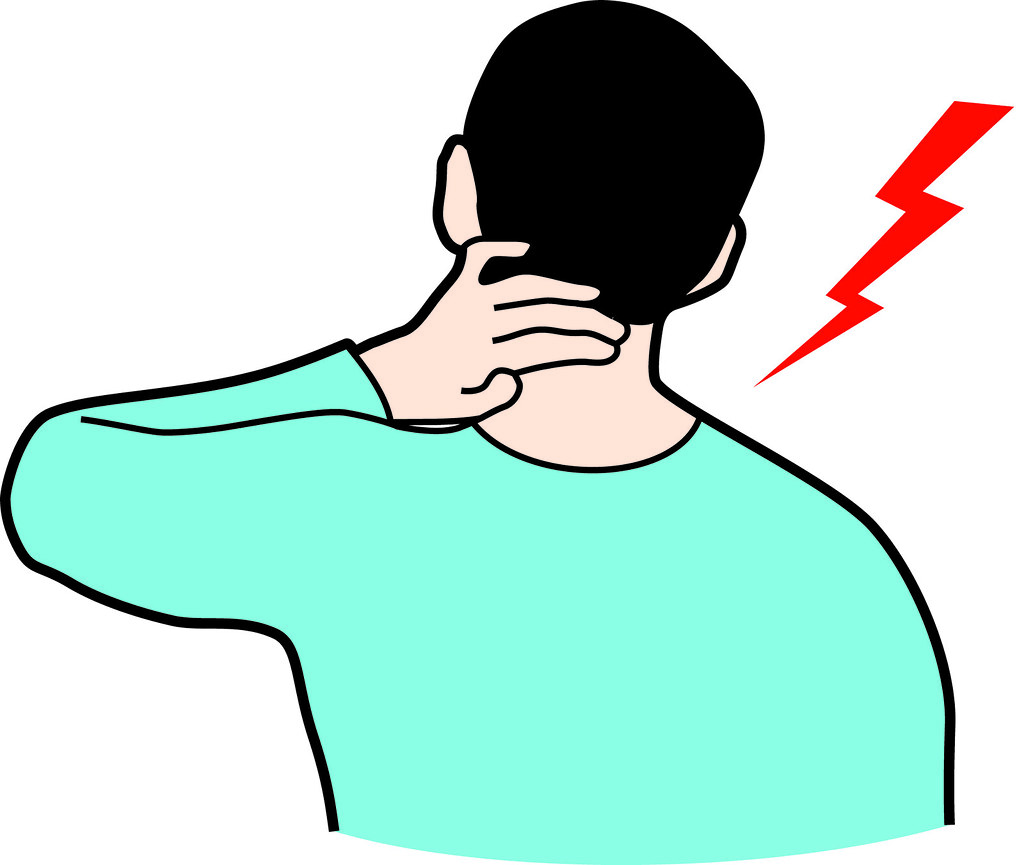We all love our smartphones and computers, but there’s a price to pay for that screen time—literally a pain in the neck. 😖📱 Prolonged use of handheld devices, like texting or working on a laptop, has contributed to a significant rise in neck pain, and for the first time, research has pinpointed how exactly it happens.
Researchers at Texas A&M University have uncovered how sustained neck exertion (hello, endless scrolling) messes with the mechanics of your neck. Using X-rays to track spine movements, they found that when your neck muscles get tired, it changes the curvature of your cervical spine, increasing the risk of neck pain. 😩💀
📊 The Findings: Why Is Neck Pain on the Rise?
With neck pain being one of the most common musculoskeletal issues worldwide—affecting around 2,500 out of 100,000 people—the numbers are only expected to get worse, projected to increase by 32.5% by 2050. Yikes! 🚨
💡 The Science Behind It
Your neck’s posture is maintained by a delicate balance between the bones in your spine and the muscles that attach to them. Even though your neck is super flexible, it’s also vulnerable and unstable. Prolonged poor posture (like hunching over your phone or slouching in front of your laptop) causes your muscles to fatigue. And once they’re tired, they lose their ability to hold the spine in its natural position, leading to pain.

🔬 The Experiment: Testing for Neck Fatigue
Researchers tested healthy volunteers, asking them to hold their necks in different positions until exhaustion, while measuring their muscle activity and tracking small spinal movements using advanced X-ray tech. Their conclusion? Sustained neck strain causes muscle fatigue, which throws off the mechanical structure of the spine, making it more likely to get injured.
🚨 So What Can You Do?
Knowing that neck fatigue can lead to changes in your spine’s mechanics might push you to rethink how you work and use your devices. The research also suggests that better product designs—think headsets or wearable devices—could help reduce neck strain and prevent pain in the future. 🦾
💡 What’s Next in the Study?
Next up, researchers plan to create dynamic biomechanical models to capture real-time changes in the neck muscles and bones during various activities. This could help us understand neck strain before fatigue sets in.
It’s time to rethink that posture and take care of your neck before that painful crick becomes something more serious. 🙅♂️ Stay tuned for more on how tech use impacts your health and what to do about it! 💪
Share This Article:
Facebook | Twitter | Reddit | Email
